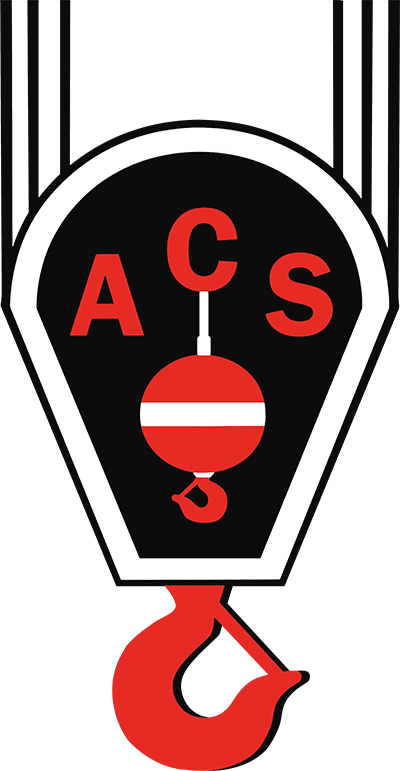For most of the 21st century, crane operator certification did not exist. Companies would purchase cranes, train their operators, and that was it. During that time, the crane industry experienced a large number of accidents resulting in injuries and deaths. In 1971, in an effort to increase jobsite safety, and operator awareness, OSHA passed 29 CFR 1926.550 into the federal register providing guidelines for safe crane operation.
Although OSHA introduced these standards almost 50 years ago, it wasn’t until 1995 that the National Commission for the Certification of Crane Operators (NCCCO) was first established to provide the crane and lifting industry with an accredited operator certification program. By 1998, NCCCO had gained recognition on a national level, and just one year later was accepted by OSHA as the model for crane operator certification.
In the years that followed, individual states began to gradually adopt these new standards and requirements set forth by NCCCO, with some large cities taking it a step further, requiring their own licensing process in addition to nationally recognized certification. This process of introducing rules and regulations into the crane industry was slow at first, with just 24 states and a handful of big cities requiring certification, until November 10th, 2018. This new “Final Rule” set forth by OSHA, stated that all operators in all 50 states must be certified.
Realizing the magnitude of this new requirement, OSHA soon after released guidelines explaining the process of becoming compliant and set forth a set of evaluation standards to be used by employers in an effort to help ensure that their operators are qualified. Since then, the segment of the workforce that uses cranes has begun the process of certifying and evaluating all of their operators.
Although all 50 states now require (per OSHA) that their crane operators become certified, some states have a more stringent licensing process in place that crane operators must complete in addition to being certified. This provides a complete analysis of which states require licensing, and which cities inside those states have introduced a third layer of compliance required to operate cranes within city limits.

